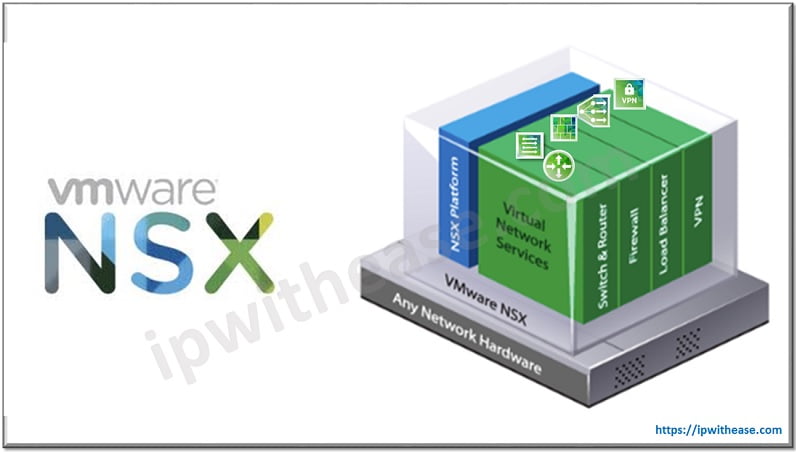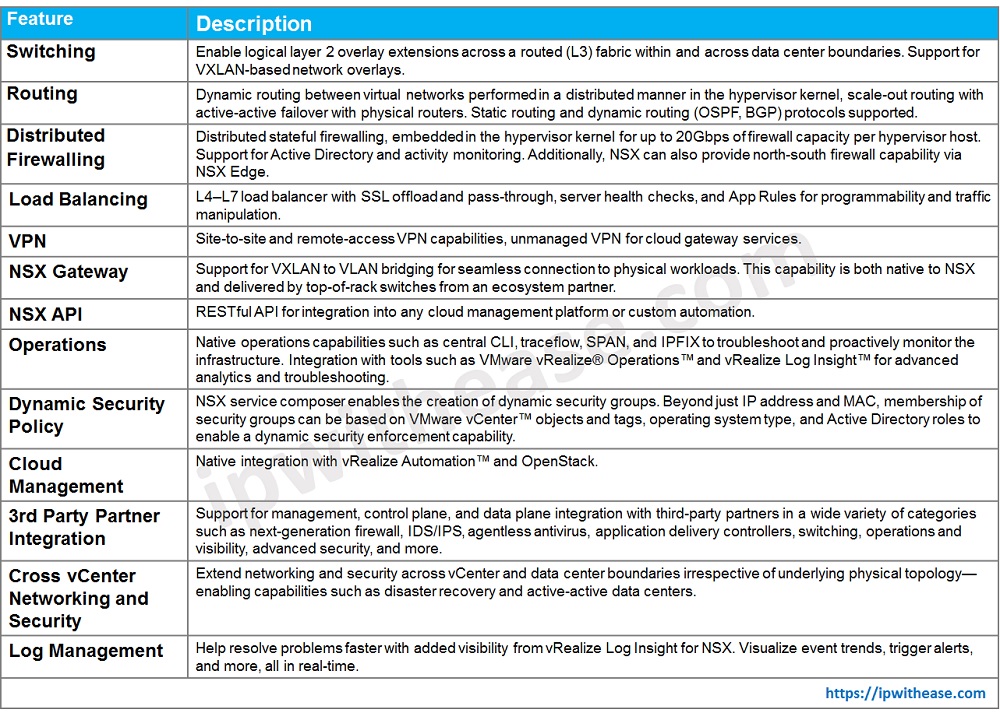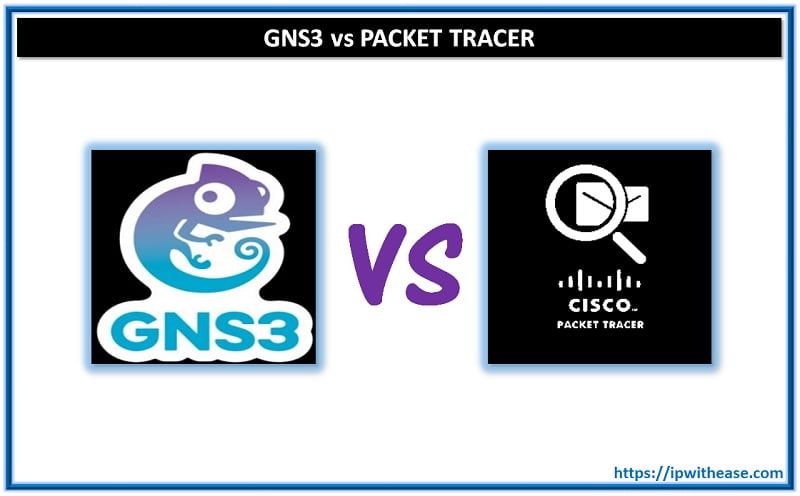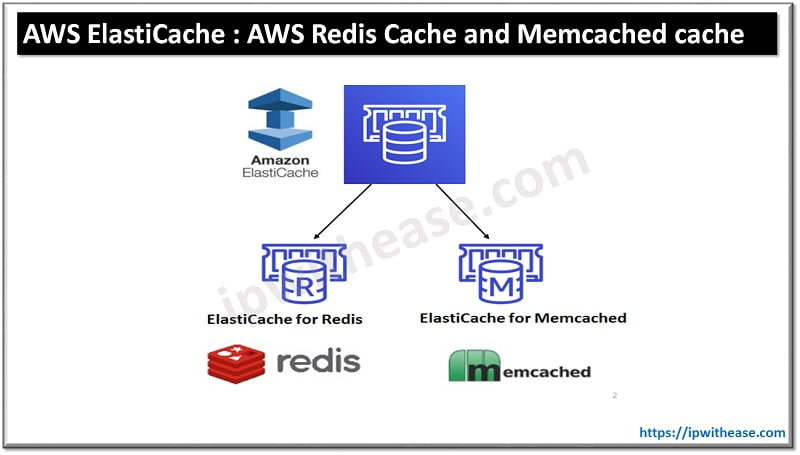Table of Contents
What is VMware NSX?
NSX software-defined networking is a part of VMware’s software-defined data center (SDDC) concept, which offers cloud computing on VMware virtualization technologies. With NSX, virtual networking environments can be provisioned without command line interfaces or other direct administrator intervention.
Just like a virtual machine for compute, a VMware NSX virtual network is a fully functional network in software, provisioned independent of underlying network hardware.
With NSX, network functions including switching, routing, and firewalling are embedded in the hypervisor. Like the model of virtual machines, NSX delivers networking and security within very less time.

Now, Virtual networks are programmatically provisioned and managed independently of underlying hardware. NSX reproduces the entire network model in software, enabling any network topology to be created and provisioned in seconds.
With the VMware NSX platform, an administrator controls the network with an overlay, enabling them to develop virtual networks and switches with software rather than hardware. VMware incorporates NSX into the company’s hypervisor and management tools to embed network rules into virtual machines (VMs) without regard to their location in the data center
VMware NSX is created from VMware’s vCloud Networking and Security (vCNS) and Nicira Network Virtualization Platform (NVP) intellectual property.
Key Features of NSX

Download the table.
Business Benefits of NSX
- Risk and impact Mitigation
- With micro-segmentation of workloads through isolation, the security among various workloads is strengthened and hence we have a more secure and risk free virtual environment.
- Speed of IT delivery
- Applications can now be provisioned via self-provisioning portals.no manual configuration errors will happen since no CLI based configuration will be performed. The provisioning shall be done via self-service automation and orchestration capabilities.
- More optimized traffic flow
- With vSwitch and aggregation fabric, oversubscription issues have gone for a toss . Now, bottlenecks due to high east-west traffic will be thing of past.
- Increased availability
- With more efficient technologies like ECMP and using fabric architectures, multiple link failures does not affect the availability of applications and services.
- Reduction in operational workload
- With ease of management, operational workload on network administrators have further reduced.
- CAPEX and OPEX cost reduction
- With NSX, now network hardware has now only become forwarding backplane with minimal intelligence of Control plane decision making. This will substantially reduce the CAPEX and OPEX of less decision making network gear.
- NSX has further optimized the underlying active network infrastructure from 3-tier to 2-tier (Further reduction in cost due to lesser infrastructure.)
- Optimal utilization of Compute capacity
- With NSX, unused compute capacity can be used in other workloads which was not possible in traditional network infrastructure.
- 3rd party integration
- Only CLI to access the device is thing of past. Almost any 3rd party platform can be integrated with APIs.
Continue Reading:
Cisco ACI benefit over VMware NSX
VMWare NSX-T vs NSX-v: Comprehensive Comparison
ABOUT THE AUTHOR

You can learn more about her on her linkedin profile – Rashmi Bhardwaj



